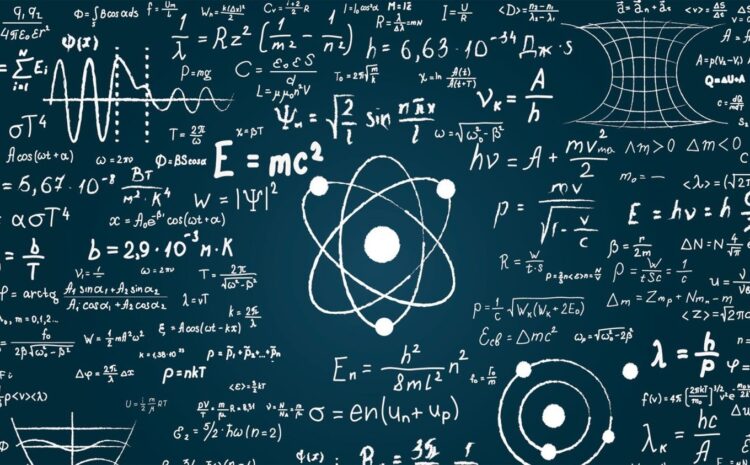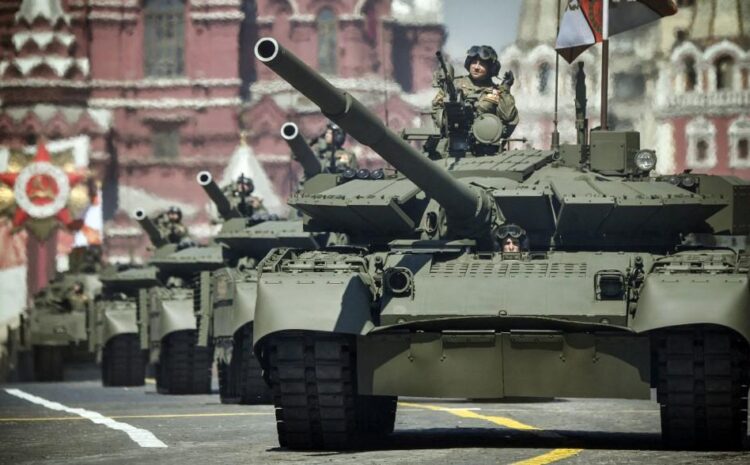New Ukraine Sanctions Vs. Old Ukraine Sanctions
So with the ink still drying on Executive Order (“E.O.”) 13660, the sanctions imposed on March 6, 2014 on those parties contributing to the situation in Ukraine, President Obama signed a new executive order (“Ukraine 2″) today blocking the property of certain individuals contributing to the situation in Ukraine. But what has really changed in the new round of sanctions? It was suggested that these new sanctions would be a strong response to the referendum in Crimea. Was it? Below is a side by side comparison so you can decide for yourself.
1. Calling out Russia: E.O. 13660 stated that the sanctions were being imposed in relation to, “the actions and policies of persons who have asserted governmental authority in the Crimean region without the authorization of the Government of Ukraine.” Ukraine 2, on the other hand, pulls no punches, directly expanding the sanctions due to the actions and policies of the Russian Federation and their deployment of military forces to Crimea.
2. Parties Are Now Blocked: The Obama Administration was criticized by some sources for not targeting any particular parties in E.O. 13660. However, Ukraine 2 definitely stepped up the pressure by blocking a number of parties listed in its annex, in addition to senior officials of the Government of the Russian Federation, those involved in the Russian arms and materiel sector, and any parties owned, controlled, or acting on behalf of such parties, and/or those parties which have provide material support, goods, or services to such parties.
3. Unblocking Considerations: Ukraine 2 provides explicit language delegating the authority to the Secretary of Treasury, in consultation with the Secretary of State, to determine whether circumstances have changed to such an extent that a designation can be rescinded. E.O. 13660 provides no such authority.
4. No New Reports: Unlike E.O. 13660, Ukraine 2 does not provide the Secretary of Treasury the ability to submit to Congress the recurring reports in respect to the national emergency declared by the executive order and for which sanctions are being applied. So it seems those reports and findings which to declare the continuing nature of the national emergency necessary to utilize sanctions will remain the responsibility of the President.
While you can judge for yourself whether President Obama has gone far enough, it does seem that Ukraine 2 is a substantial step up in the severity of Ukraine related sanctions. In addition, while they may look similar on paper, there are legal nuances differentiating the two executive orders which may be of interest to some, particularly those who have been blocked pursuant to Ukraine 2. What happens next is anyone’s guess, however, in my humble opinion it looks as if the Obama Administration is serious about sending a strong message and any future developments could be met with equally strong reactions.



